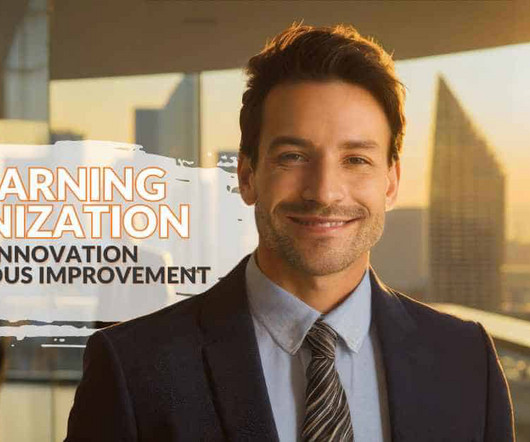Creating a Learning Organization: Fostering Continuous Improvement and Innovation
N2Growth Blog
JUNE 6, 2024
A learning organization fosters ongoing learning, innovation, and improvement among its members. Gallup’s State of the American Workplace report found that highly engaged teams show 21% greater profitability. Organizations implementing Lean may achieve up to a 40% boost in efficiency, per the Lean Enterprise Institute.












Let's personalize your content